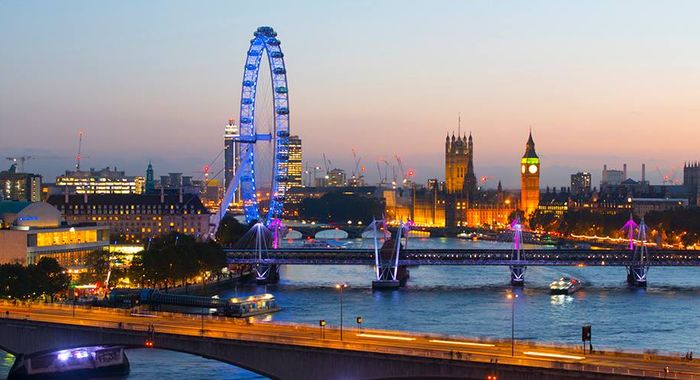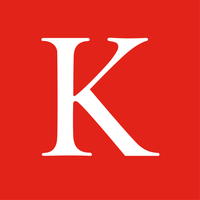King's Entrepreneurship Institute
building on the Entrepreneurship's history for producing future leaders and innovative problem solvers. Special thanks to Sarah Mander & Karl Evangelista
about the client
King’s Entrepreneurship Institute (EI) has existed at King’s College London since 2015 to support entrepreneurial thinking, skills, and start-ups for King’s students, staff, and alumni. Whilst working collaboratively with faculties, student societies, and external partners.
The Institute looks to make everyone within the King’s community to recognise the benefits of an entrepreneurial mindset, develop entrepreneurial skills, and ultimately realise an entrepreneurial version of themselves.
brief
Arke were asked to come in and curate a visual identity and system for the institute, reflecting its mission to promote, nurture, and grow entrepreneurial skills while helping you start and scale your venture.
(1) The EI has had no cohesive or recognisable visual identity, a challenge for the client has been being able to differentiate themselves from King’s College London’s visual identity. Whilst still having a sense of belonging to their parent brand.
(2) Inclusivity, the EI has looked to encourage parity within the cohort. With the current representation being a male dominate course, a challenge that the institute wants to move away from. The representation of the new visual identity should feel inclusive while fostering a diverse culture.
(3) The institute doesn’t have an in-house creative team, due to this limitation all assets would need to be useable to a mixture of abilities within the team.
inspiration/historical context
The inspiration started from seeing the work of Willem de Kooning, a fine artist who explored the notion of representation and abstraction. Characteristics that felt aligned with the EI, we were particularly interested in de Kooning’s series Untitled XXIV–II, colour-drenched canvases that encapsulated his handling of creativity and expressionism. Capturing subject matter in an abstract form seemed to be a solution to showing the complex, but the unique journey of someone venturing into entrepreneurialism.
We were also further interested in Chinese avant-garde fine artist Qin Feng. Who’s able to create perfect harmony in his compositions. His bold brushstrokes, delicate line quality, and plays on negative space take his work just beyond aesthetics, they’re able to represent a balance between people and nature. We wanted our visual identity to capture a similar sense of energy and belonging between the audience and the institute through visuals.
outcome
The visual system that is made from a combination of moving brush strokes, representing the institute's progressive pathways that members will go on. There are deliberate smaller/thinner paint strokes used in combination with a single larger paint stroke, creating the moments of choice, decisions, and progression. The overall effect is to show your own personal growth to entrepreneurialism. From creating the first initial idea to launching your own brand.
The institute was looking for a flexible but expansive visual identity that would allow their team to reproduce using the visual assets provided. With this in mind, we created a range of templates from marketing material (social media, landing pages, and Mailchimp) to documentation.
mailchimp templates
Mailchimp has limited offerings for design and functionality for the EI. We created a simple framework that will allow the institute to use its own font and unique format. Providing the team with a photoshop newsletter and events template, allowing the team to create consistent professional email campaigns.
documentation
Prior to creating a visual identity for the EI we redesigned Start!, during this project we introduced a new grid system as part of the new identity, this was enjoyed by the client, which lead to them requesting to use a similar design for their in-house documentation.
An Identifiable format in documentation can further aid the institute in achieving a recognisable brand, while also assisting in communicating to their audience. We created two design systems for two different orientations, a 4-column grid with a shortened footer for portrait, and a 12-column shorted gutter for landscape. These design systems give a foundation for the team to build upon. While these girds will give them further balance to typographical elements, by keeping the design consistent and even, a pattern that the reader would understand and absorb content from easier. Examples of what can be created with these grids are below.
style guide
A 46-page style guide was produced along with all the visual assets and templates. With the guidelines protecting the strength of the visual identity. However, the guidelines are never meant to be prescriptive, but as a point of reference to the team, giving less restriction to creativity. But utilising these tools and resources while adhering to the guidelines will make things look similar to the style every time. Achieving this would make their audience aware of where the output is coming from while building a brand presence.

